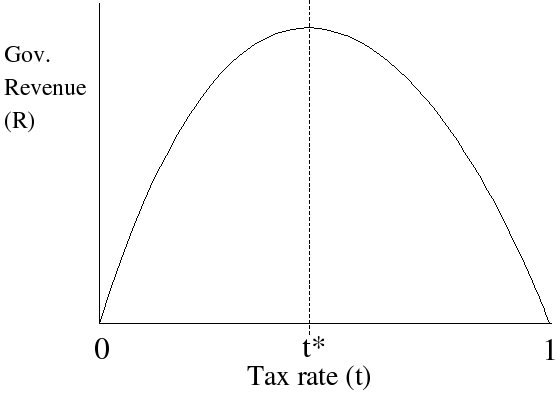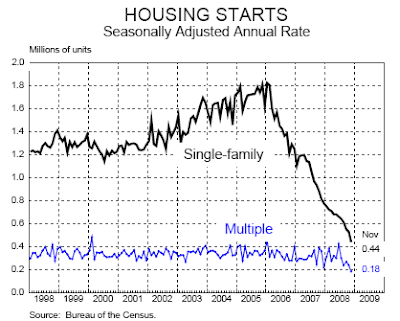14.00% Finance
13.74% Conglomerates
12.18% Capital Goods
11.93% Consumer Cyclical
11.74% Transportation
5.37% Healthcare
5.32% Services
-0.13% Consumer Non-Cyclical
32.99% Jewelry and Silverware Consumer Cyclical
30.82% Mobil Homes & RVs Capital Goods
28.96% Rental and Leasing Services
27.96% Photography Consumer Cyclical
27.87% Chemicals - Plastics and Rubber Basic Materials
26.71% Furniture and Fixtures Consumer Cyclical
26.21% Construction & Agricultural Machinery Capital Goods
24.21% Retail - Technology Services
22.58% Appliance and Tools Consumer Cyclical
22.01% Insurance (Life) Financial
21.73% Metal Mining Basic Materials
21.10% Retail (Apparel) Services
20.57% Computer Hardware Technology
20.28% Semiconductors Technology
18.78% Iron and Steel Basic Materials
18.37% Apparel and Accessories Consumer Cyclical
17.87% Construction - Services Capital Goods
17.82% Insurance (Miscellaneous) Financial
17.73% Banks - Money Centers Financial
17.69% Air Courier Transportation
16.92% Investment Services Financial
16.37% Trucking Transportation
16.07% Motion Picture Services
16.01% Computer Peripherals Technology
15.89% Electronic Instrument and Controls Technology
15.86% Construction - Supplies and Fixtures Capital Goods
15.57% Retail - Specialty Services
15.09% Retail - Home Improvements Services
14.92% Computer Storage Devices Technology
14.53% Forestry and Wood Products Basic Materials
14.43% Banks - Regional Financial
14.26% Technology [Services] Services
14.18% Auto and Truck Parts Consumer Cyclical
13.74% Conglomerates Conglomerates
13.27% Communications Equipment Technology
12.85% Printing Services Services
12.21% Insurance (Property and Casualty) Financial
12.15% Container and Packaging Basic Materials
12.08% Recreational Activities Services
12.05% Railroads Transportation
11.97% Footwear Consumer Cyclical
11.97% Software and Programming Technology
11.96% Oil and Gas - Operations Energy
11.92% Security Systems and Services Services
11.84% Consumer Financial Services Financial
11.74% Transportation [Services] Services
11.55% Misc Fabricated Products Basic Materials
11.38% Recreational Products Consumer Cyclical
11.28% Fabricated Plastics and Rubber Basic Materials
11.25% Audio and Visual Equipment Consumer Cyclical
11.00% S&P 500
10.82% Computer Networks Technology
10.80% Aerospace and Defense Capital Goods
10.59% Restaurants Services
9.94% Fish and Livestock Consumer Non Cyclical
9.94% Retail - Department and Discount Services
9.82% Misc Capital Goods Capital Goods
9.61% Chemical Manufacturing Basic Materials
9.41% Insurance (Accidental and Health) Financial
9.14% Gold and Silver Basic Materials
8.88% Oil and Gas - Integrated Energy
8.75% Airline Transportation
8.71% Banks - S&L Financial
8.68% Paper and Paper Products Basic Materials
8.58% Office Supplies Consumer Non Cyclical
8.46% Auto and Truck Manufacturers Consumer Cyclical
8.06% Coal Energy
7.91% Oil Well Service and Equipment Energy
7.88% Office Equipment Technology
7.09% Retail - Grocery Services
6.95% Hotels and Motels Services
6.71% Computer Service Technology
6.58% Casino and Gaming Services
6.57% Personal Services Services
6.48% Misc Transportation Transportation
6.46% Waste Management Services Services
6.15% Miscellaneous Financial Services Financial
6.15% Scientific and Technical Instruments Technology
5.95% Biotechnology and Drugs Healthcare
5.65% Major Drugs Healthcare
4.62% Retail - Drugs Services
4.58% Communications Services Services
4.42% Business Services Services
4.41% Medical Equipment and Supplies Healthcare
4.13% Construction - Raw Materials Capital Goods
3.89% Natural Gas Utilities Utilities
3.81% Schools Services
3.62% Non-Metallic Mining Basic Materials
3.37% Water Transportation Transportation
3.27% Water Utilities Utilities
2.87% Advertising Services
2.73% Real Estate Operations Services
2.43% Printing and Publishing Services
2.12% Utilities [Services] Services
2.08% Beverages (Alcoholic) Consumer Non Cyclical
1.84% Personal and Household Products Consumer Non Cyclical
1.70% Food Processing Consumer Non Cyclical
1.67% Electric Utilites Utilities
-0.02% Healthcare Facilities Healthcare
-2.47% Tobacco Consumer Non Cyclical
-3.87% Crops Consumer Non Cyclical
-4.51% Beverages (Non-Alcoholic) Consumer Non Cyclical
-12.31% Broadcasting and Cable TV Services






